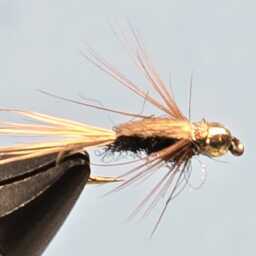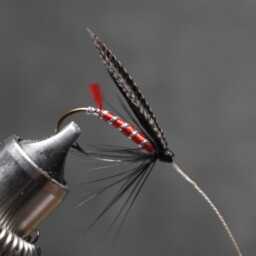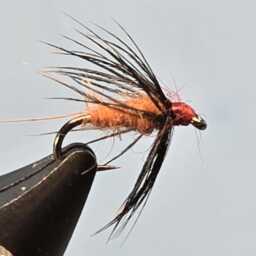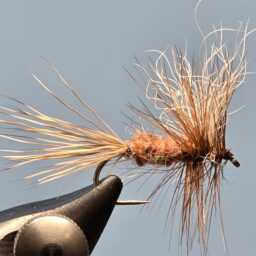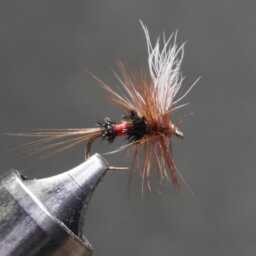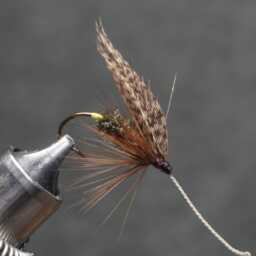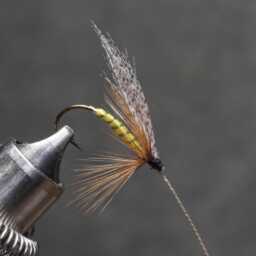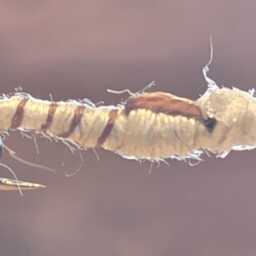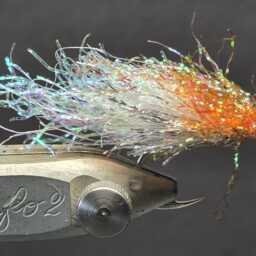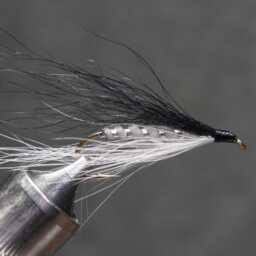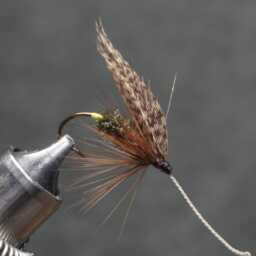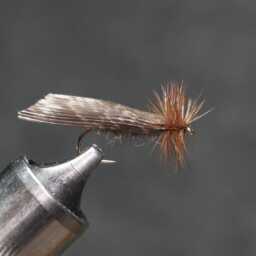Feathers from Slate turkeys are commonly used in fly tying for their unique coloration and texture. Here are a few fly tying patterns that utilize these feathers:
Slate Drake: This pattern mimics the appearance of a mayfly. Slate turkey feathers, particularly the mottled ones with white markings, can be used for wings or tails in this pattern.
Soft Hackle Wet Flies: The soft and mottled appearance of Slate turkey feathers makes them excellent for soft hackle wet flies. These flies are versatile and can imitate various aquatic insects.
Nymph Patterns: The barred and mottled feathers from Slate turkeys work well for creating the legs and bodies of nymph patterns, such as stonefly or caddisfly nymphs.
Streamer Flies: For streamer patterns that mimic small fish or larger aquatic insects, Slate turkey feathers can be used for wings or tails, providing a natural and enticing look.
Muddler Minnows: In some cases, Slate turkey feathers are utilized in Muddler Minnows, especially for the wings, to imitate the silhouette and movement of small baitfish.
The unique coloration and markings of Slate turkey feathers make them valuable for creating natural-looking patterns that attract fish. Their versatility allows for their use in various types of flies across different fishing scenarios.
Overview:
The Slate Turkey, also known as the Blue Slate, is recognized for its slate grey plumage. It was accepted by the American Poultry Association in 1874 and has gained popularity in both exhibition and pastured poultry circles.
Early texts suggested Slate turkeys resulted from a cross between Black and white turkeys, but genetic evidence doesn’t strongly support this. The slate gene is a mutation, akin to the gene for blue in Andalusian chickens. However, confusion arises due to two different genetic mutations (dominant and recessive) creating varying shades of the blue slate color.
Slate turkeys have a body color ranging from solid to ashy blue, occasionally with black flecks. Hens are lighter than toms, with red to bluish-white heads, throats, and wattles. Their beaks are horn-colored, eyes brown, and shanks and toes pink. White and rusty brown markings are considered defects.
Young toms ideally weigh around 23 pounds, while hens around 14 pounds, though many may be smaller due to limited selection for production attributes. The Slate breed is less documented and more variable in type and color than others, making consistent breeding challenging. It’s listed as critically endangered and is a heritage turkey breed.
Birds between pure black and white are seen in shades of ash-gray, eligible for display as per the American Poultry Association’s ‘Standard of Perfection.’
Renewed interest in Slate turkeys focuses on their biological fitness, survivability, and superior flavor, creating a niche market. However, their present production potential remains unknown.
« Back to Glossary Index
